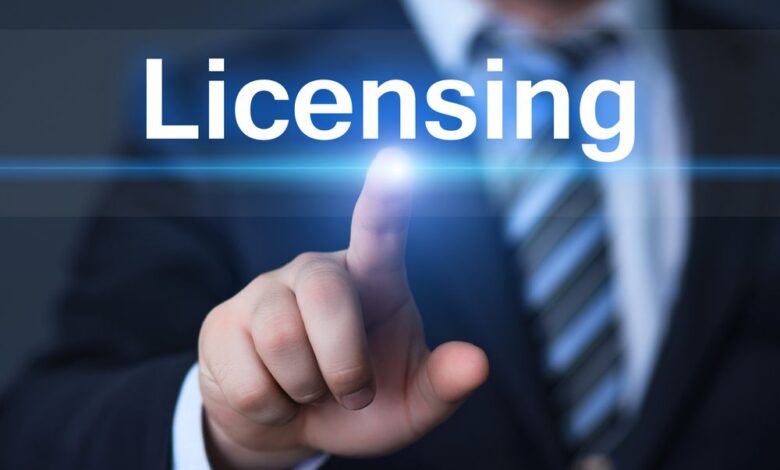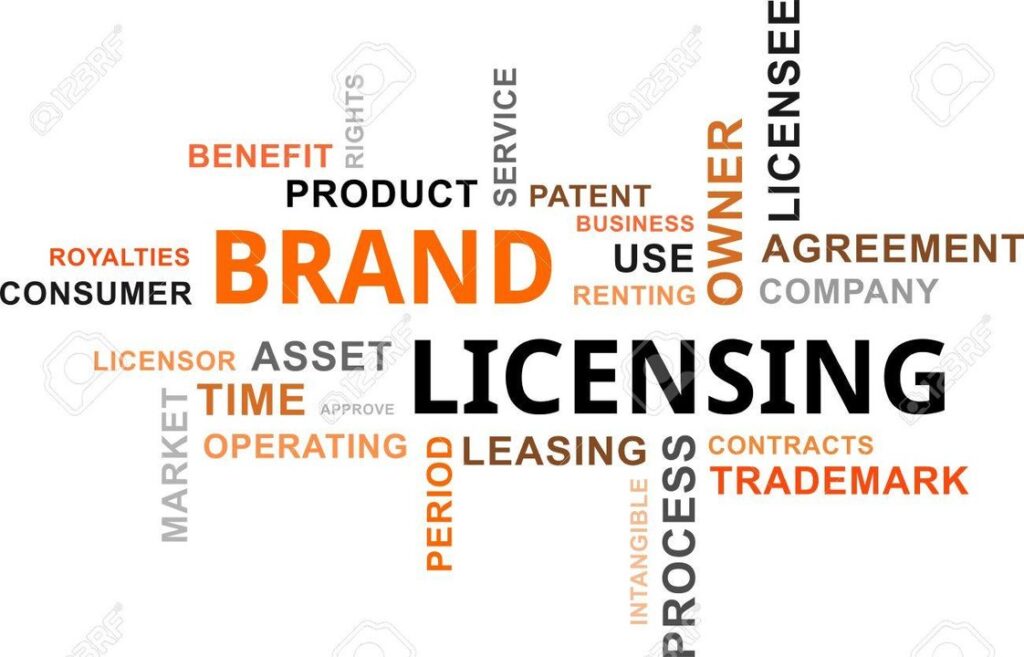Brand licensing, transaction methods and policies, terms for both parties

Brand licensing is a business arrangement where the owner of a brand (the licensor) grants permission to another party (the licensee) to use the brand’s name, logo, or other intellectual property in connection with specific products or services. This allows the licensee to capitalize on the brand’s established reputation while providing the licensor with additional revenue streams without directly managing the production or marketing of the licensed products.

Transaction Methods in Brand Licensing
- Exclusive Licensing:
- Definition: The licensor grants the licensee exclusive rights to use the brand in a specific territory or for a particular product category.
- Process:
- Negotiation: The licensor and licensee agree on the terms, including the scope of exclusivity, territory, and duration.
- Agreement: A formal contract is signed, outlining the rights and responsibilities of both parties.
- Implementation: The licensee markets and sells products under the brand, adhering to the licensor’s standards.
- Non-Exclusive Licensing:
- Definition: The licensor grants the licensee the right to use the brand, but retains the ability to license the brand to other parties as well.
- Process:
- Negotiation: Terms such as the scope of use, territory, and royalties are agreed upon.
- Agreement: A non-exclusive license is formalized, allowing multiple licensees to operate under the same brand.
- Implementation: The licensee markets and sells products under the brand, while the licensor may engage with other licensees.
- Sub-Licensing:
- Definition: The original licensee is granted the right to license the brand to third parties.
- Process:
- Primary Licensing Agreement: The licensor and original licensee agree on the terms of the sub-licensing rights.
- Sub-Licensing Agreements: The original licensee negotiates and formalizes agreements with third parties.
- Oversight: The licensor may retain the right to approve or monitor sub-licensing activities to maintain brand integrity.
- Cross-Licensing:
- Definition: Two companies exchange licenses to use each other’s brands, often in complementary product categories.
- Process:
- Mutual Agreement: Both parties negotiate terms that allow for mutual use of brands.
- Agreement: A cross-licensing contract is signed, detailing the terms of brand usage and any financial arrangements.
- Implementation: Both companies market products using each other’s brands, enhancing their offerings.

Policies in Brand Licensing
- Quality Control:
- Brand Standards: The licensor establishes strict guidelines for the use of the brand, ensuring that the licensee maintains the brand’s quality and reputation.
- Regular Audits: The licensor may conduct regular audits or inspections to ensure compliance with brand standards.
- Royalty Payments:
- Upfront Fees: The licensee may be required to pay an initial fee for the right to use the brand.
- Ongoing Royalties: The licensee typically pays a percentage of sales revenue generated from the licensed products to the licensor.
- Territorial Rights:
- Defined Territories: The license agreement specifies the geographic areas where the licensee is allowed to use the brand.
- Territory Expansion: The licensee may negotiate for additional territories based on performance or future growth.
- Marketing and Promotion:
- Marketing Requirements: The licensor may require the licensee to meet specific marketing and promotional standards to ensure consistent brand messaging.
- Joint Marketing Efforts: The licensor and licensee may collaborate on marketing campaigns to maximize brand exposure.
- Duration and Renewal:
- Term of Agreement: The license agreement specifies the duration of the licensing arrangement, which may range from a few years to decades.
- Renewal Options: The licensee may have the option to renew the license at the end of the term, subject to renegotiation of terms.
- Intellectual Property Protection:
- Trademark Protection: The licensor retains ownership of the brand’s intellectual property and ensures it is protected under trademark laws.
- Infringement Policies: The licensor may outline procedures for handling brand infringement or unauthorized use by third parties.
Terms for Both Parties in a Brand Licensing Agreement
- Licensor’s Terms:
- Control Over Brand Use: The licensor retains control over how the brand is used, including product quality, marketing strategies, and territorial restrictions.
- Royalty and Fee Structure: The licensor defines the financial terms, including upfront fees, royalty rates, and payment schedules.
- Compliance Requirements: The licensor sets standards for compliance with brand guidelines, including product specifications and promotional activities.
- Intellectual Property Rights: The licensor retains ownership of the brand and its associated trademarks, logos, and other intellectual property.
- Licensee’s Terms:
- Right to Use Brand: The licensee gains the right to use the brand name, logo, and other intellectual property in connection with specific products or services.
- Territory and Market Access: The licensee is granted the right to operate in defined territories or markets, potentially with exclusive rights.
- Product Development Freedom: Depending on the agreement, the licensee may have some flexibility in developing and marketing products under the licensed brand.
- Support and Collaboration: The licensee may receive support from the licensor in areas such as marketing, product development, and training.
Conclusion
Brand licensing is a powerful tool for expanding a brand’s reach and generating revenue without direct investment in new markets or products. Understanding the various transaction methods, policies, and terms for both licensors and licensees is crucial for creating successful and mutually beneficial licensing agreements. Properly managed, brand licensing can enhance brand value, open new markets, and create long-term business partnerships.

